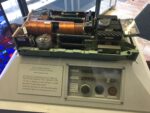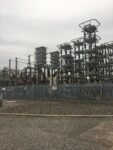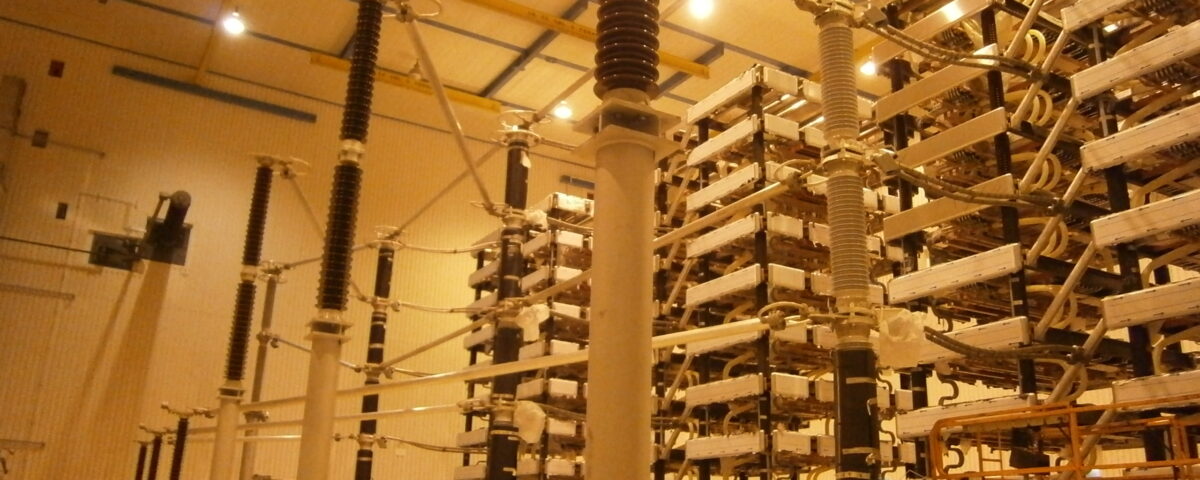As the world faces the pressing issue of climate change, the need for clean and sustainable energy sources becomes increasingly important.
HVDC interconnector systems provide a promising solution by enabling the transmission of renewable energy over long distances, reducing carbon emissions and promoting a greener future. We will explore the technology behind HVDC interconnectors, their current state of development, and their potential to transform the energy landscape.
The Basics of HVDC Interconnectors
 HVDC interconnectors use high-voltage direct current technology to enable the transmission of electricity over long distances with minimal power loss. These systems use a range of components, including transformers, rectifiers, and inverters, to convert alternating current (AC) to direct current (DC) and back again. HVDC interconnectors can operate over a range of voltages, depending on the application and the distance of transmission.
HVDC interconnectors use high-voltage direct current technology to enable the transmission of electricity over long distances with minimal power loss. These systems use a range of components, including transformers, rectifiers, and inverters, to convert alternating current (AC) to direct current (DC) and back again. HVDC interconnectors can operate over a range of voltages, depending on the application and the distance of transmission.
The Benefits of HVDC Interconnectors
HVDC Interconnectors offer a range of benefits over traditional AC transmission systems. These benefits include higher efficiency, lower transmission losses, and the ability to transmit power over long distances without the need for multiple substations. HVDC interconnectors also enable the integration of renewable energy sources, such as wind and solar power, into the grid, reducing carbon emissions and promoting a greener future.
HVDC Interconnectors around the World
 HVDC interconnectors have been in use around the world for several decades, with major projects in Europe, Asia, and North America. These interconnectors enable the transmission of electricity between countries and regions, promoting energy security and providing access to clean energy sources. Some notable examples include the NorNed interconnector between Norway and the Netherlands, the BritNed interconnector between the UK and the Netherlands, and the Cross-Channel interconnector between the UK and France, IFA.
HVDC interconnectors have been in use around the world for several decades, with major projects in Europe, Asia, and North America. These interconnectors enable the transmission of electricity between countries and regions, promoting energy security and providing access to clean energy sources. Some notable examples include the NorNed interconnector between Norway and the Netherlands, the BritNed interconnector between the UK and the Netherlands, and the Cross-Channel interconnector between the UK and France, IFA.
The Future of HVDC Interconnectors
As the world transitions to a more sustainable energy future, the role of HVDC interconnectors is likely to become increasingly important. Future developments in the technology are likely to focus on improving efficiency, reducing costs, and enabling the integration of even larger amounts of renewable energy into the grid. The development of new interconnectors, such as the proposed North Sea Wind Power Hub, could enable the transmission of renewable energy over even greater distances, further reducing carbon emissions and promoting a greener future.
interconnectors is likely to become increasingly important. Future developments in the technology are likely to focus on improving efficiency, reducing costs, and enabling the integration of even larger amounts of renewable energy into the grid. The development of new interconnectors, such as the proposed North Sea Wind Power Hub, could enable the transmission of renewable energy over even greater distances, further reducing carbon emissions and promoting a greener future.
Challenges and Opportunities

While the potential benefits of HVDC interconnectors are significant, there are also significant challenges to overcome. These challenges include technical hurdles such as improving the efficiency and reliability of the technology, as well as legal and regulatory issues related to cross-border transmission and energy markets. However, the development of HVDC interconnectors also presents significant opportunities for collaboration between countries and regions, as well as for the development of new business models and investment opportunities.
HVDC interconnectors provide a promising solution for the transmission of renewable energy over long distances, reducing carbon emissions and promoting a greener future. While the development of these systems presents significant challenges, the potential benefits are significant, and the technology is likely to play an increasingly important role in the energy landscape of the future. By working together, countries and regions can harness the power of HVDC interconnectors to build a more sustainable, equitable, and prosperous world.
This content is restricted to site members. If you are an existing user, please log in. New users may register below.
